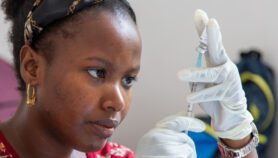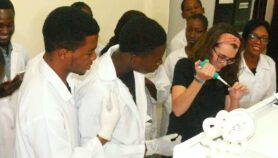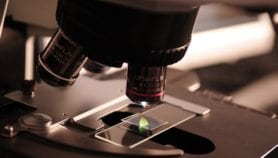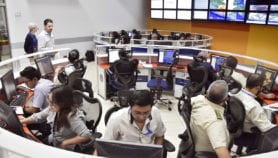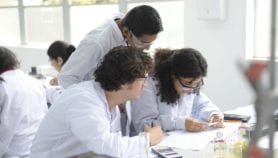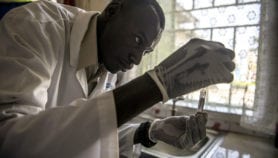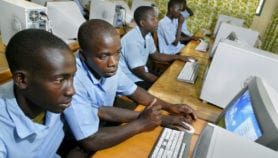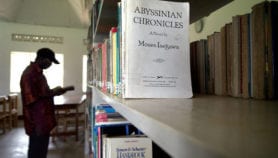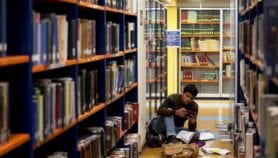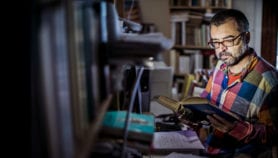Send to a friend
The details you provide on this page will not be used to send unsolicited email, and will not be sold to a 3rd party. See privacy policy.
The success of Latin American countries is held back by underinvestment in science, says development policy expert Francisco Sagasti.
Latin America is a fertile land for creative policies for science and technology (S&T), but its achievements in this field are limited.
It invests just 0.6 per cent of GDP in research and development, about a third of the global average. It has 8.5 per cent of the world’s population but accounts for only 3.5 per cent of the world’s researchers, 4.9 per cent of the scientific publications and 0.2 per cent of patents.
There is a long-standing divergence between ideas and achievements in knowledge and innovation. For example, forty years ago Latin American countries learned how to link research, industry and government (the ‘Sabato triangle’) and how to finance technological innovation, but most countries failed to apply these lessons.
How can we explain these inadequacies? A look back at the region’s recent history suggests they have their roots in the S&T policies of the second half of the twentieth century.
Policy initiatives
Two unconnected strands of science and technology policy initiatives emerged in Latin America during the early 1950s.
The first initiative was associated with ideas on the "uneven distribution of the fruits of technical progress" advanced by the UN Economic Commission for Latin America and the Caribbean, which led to policies that encouraged domestic industrial production to create demand for local technology.
The second initiative adopted the linear ‘supply push’ approach espoused by UNESCO (UN Educational, Scientific and Cultural Organization) and focused on supporting scientific research that would generate technologies to be used in production activities.
These two strands came together at the end of the 1960s, ushering in a period of conceptual advances and experimentation.
Starting in the 1970s, the region’s scholars examined the impact of the socio-political context on scientific and technological development, and debated how to move from ‘dependent’ to ‘autonomous’ science and technology that aimed to address regional problems and concerns, rather than priorities set by developed country researchers.
They devised plans to link these capacities to broader development objectives, assessed how the ‘lost decade’ of the 1980s affected efforts to boost S&T capacity, and proposed ways of achieving more equitable societies and transforming productive structures through science, technology and innovation (STI).
Policy researchers studied the interactions between government, enterprises and research organisations and discussed the role of universities and public research institutions. They evaluated the socioeconomic impact of technology transfer agreements and technology choices, explored new approaches to S&T policies and financing schemes, and analysed in detail the technological behaviour of companies.
To bridge the gap between concepts and policy implementation, they proposed systems approaches to S&T policy that focus on how policy instruments work in practice. Yet, with the notable exception of Brazil and to a lesser extent Chile, these ideas did not get enough traction to sustain STI policy initiatives.
Sustainable development
There are several reasons for this failure. For example, there has historically been less emphasis on science than on law and the humanities, and development strategies mostly overlooked the role of S&T. And political leaders have often been indifferent to S&T, considering investments in science and technology an unaffordable luxury.
The situation began to change in the first decade of the new millennium, when the transition towards the ‘knowledge society’ generated renewed interest in the role of STI in promoting environmentally sustainable and inclusive development.
This led policymaking institutions to create innovation councils and set up new financial arrangements, putting greater emphasis on postgraduate programmes, improving evaluation schemes and boosting regional cooperation for S&T.
Lessons from experience led to improvements in the design and implementation of STI policies. Policymakers focused on long-standing issues, such as using natural resources as a springboard for technological transformation, but also addressed new concerns such as the role of digital industries and services.
Big push
In the first decade of this century, the region has maintained economic stability and growth despite the increasing impact of global forces such as climate change, financial crises and natural disasters.
This stability is based on increased demand for raw materials from China and India, greater domestic demand for goods and services, and sensible macroeconomic policies. Moreover, Latin America has a resilience and capacity for adaptation derived from its diversity of natural resources and a common cultural and linguistic heritage.
Latin America’s population is large enough to create viable markets without putting pressure on the region’s resources. And the infrastructure is advanced enough to sustain economic activities, but not so developed as to impose rigidities resulting from past decisions and inertia.
All this would leave Latin America well placed to face the challenges of the twenty-first century were it not for the inadequacy of its STI capacity.
Building on six decades of policy experience, a ‘big push’ of investments in scientific research, technology development and innovation is not only possible but essential.
The region should aim to triple investment in R&D within a decade from 0.6 per cent to 1.8 per cent of GDP — the average level of investment in Europe and slightly above the global average in 2007. Only then can Latin America capitalise on its resources to successfully meet the growing challenges ahead.
Francisco Sagasti is senior researcher at FORO Nacional International in Lima, Peru and visiting professor at the Instituto de Empresa in Madrid, Spain. His latest book, ‘Science, Technology, Innovation. Policies for Latin America’, was published by the Fondo de Cultura Económica in April, 2011.



